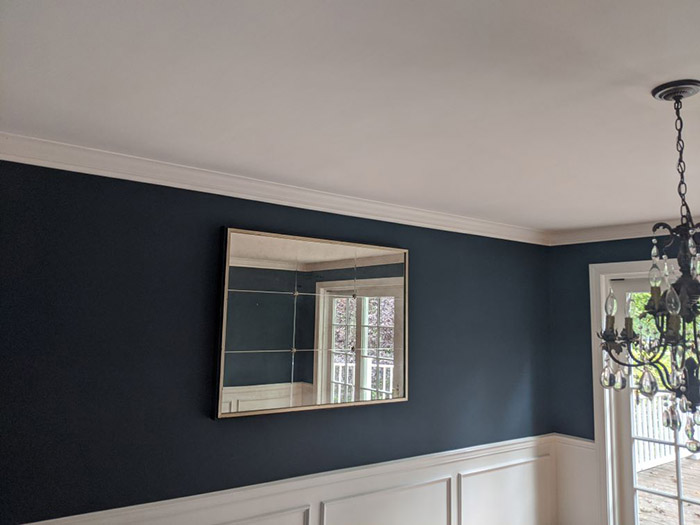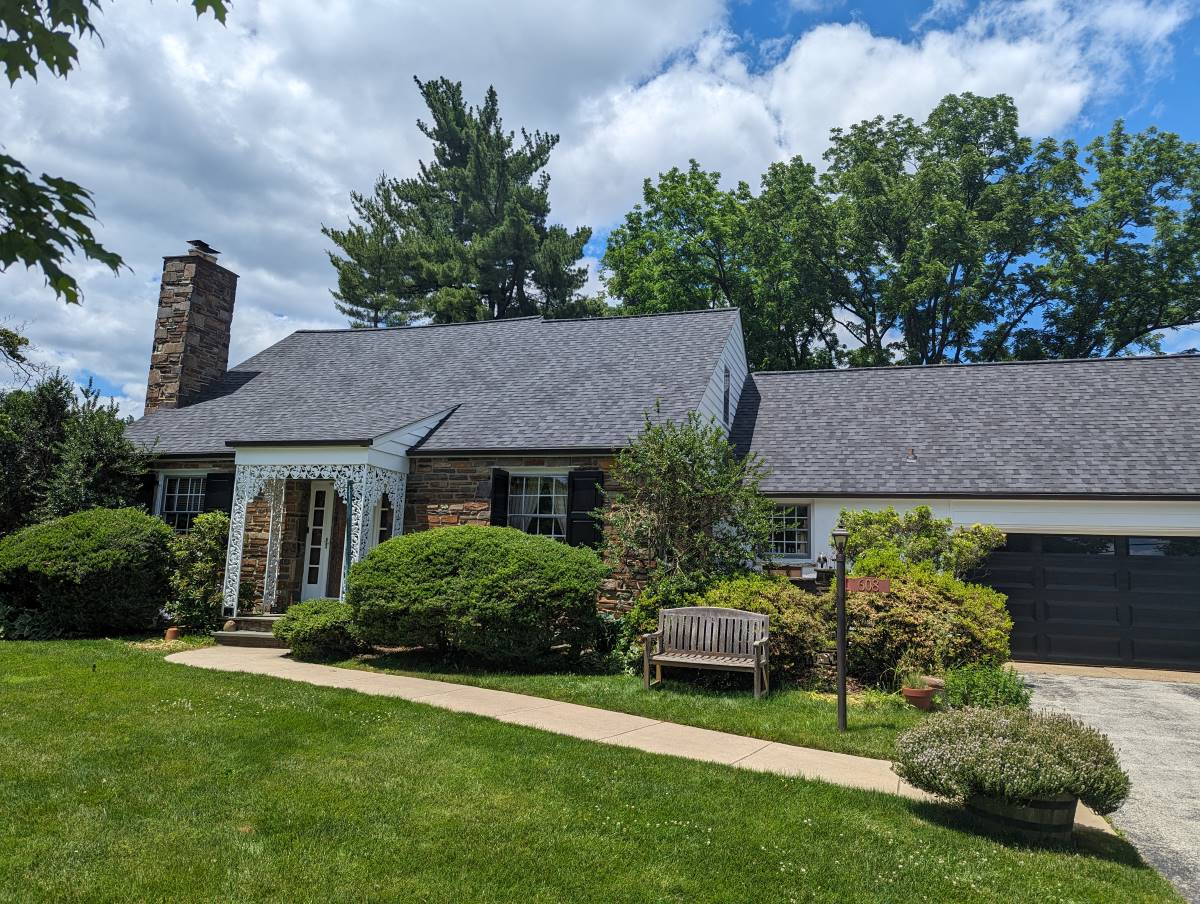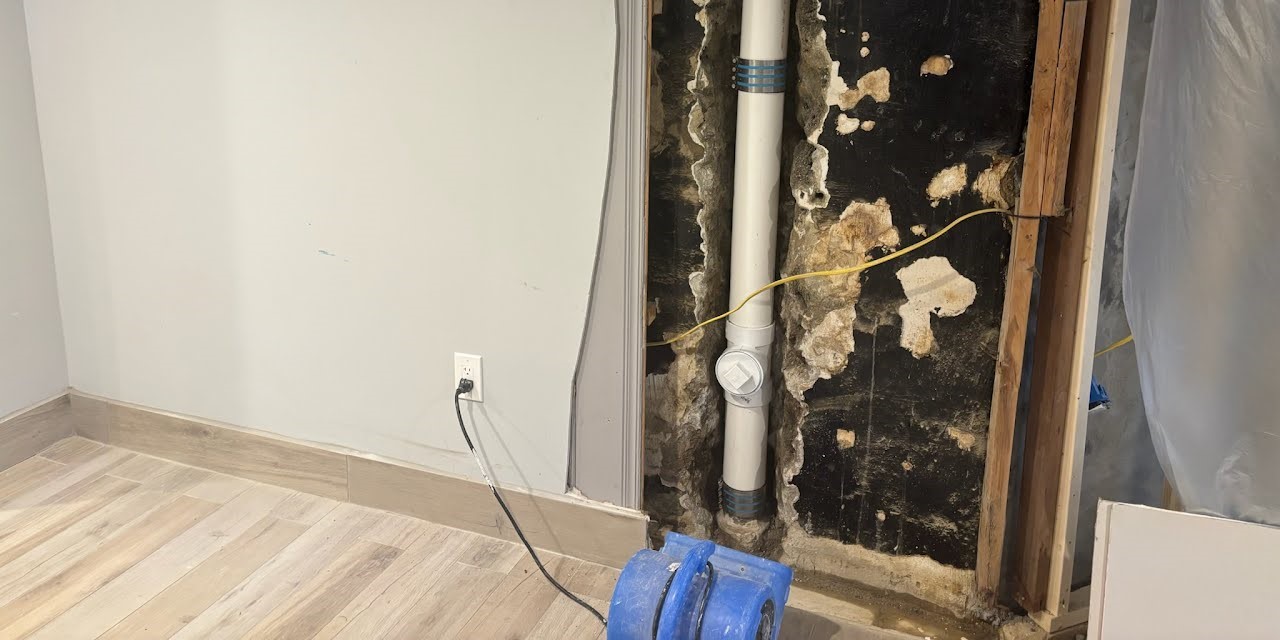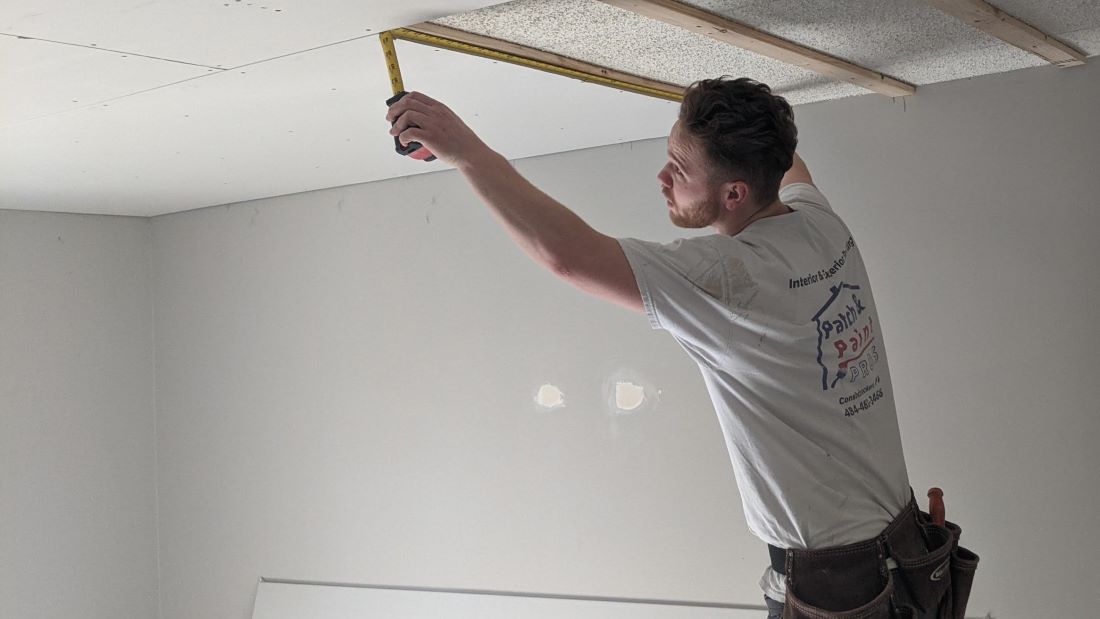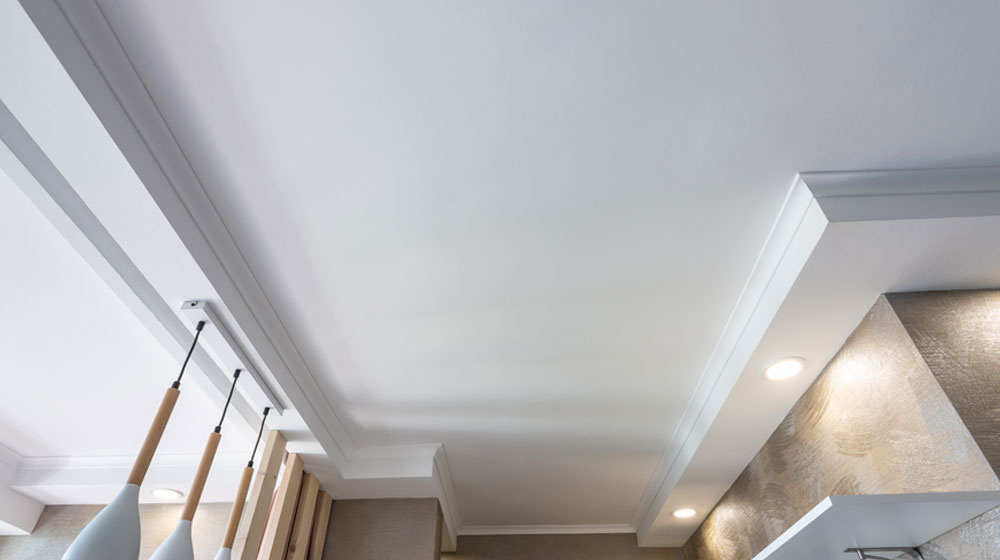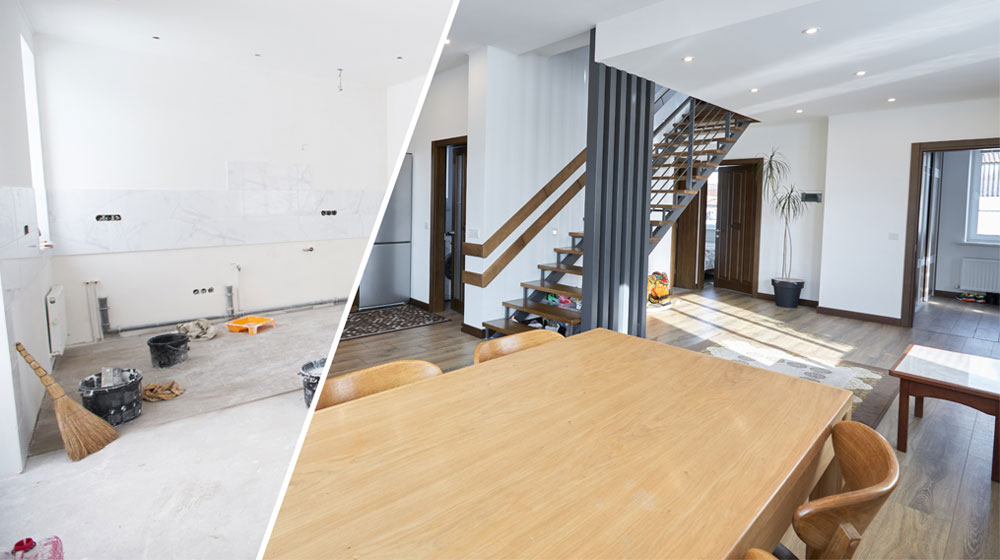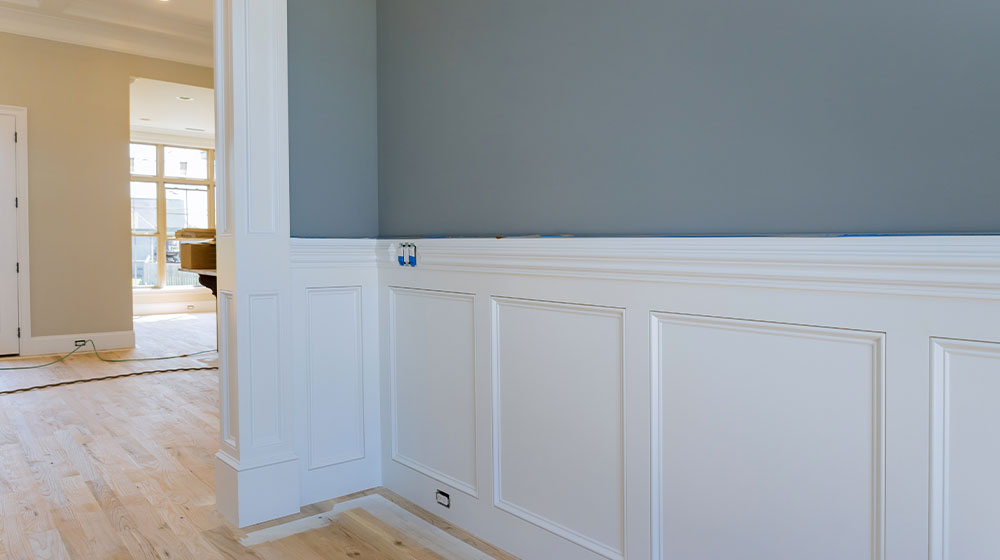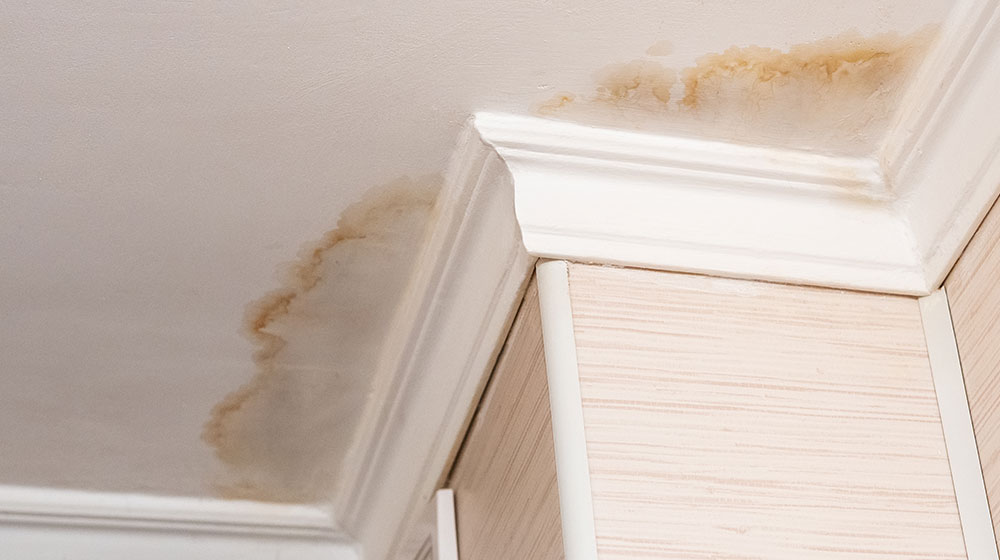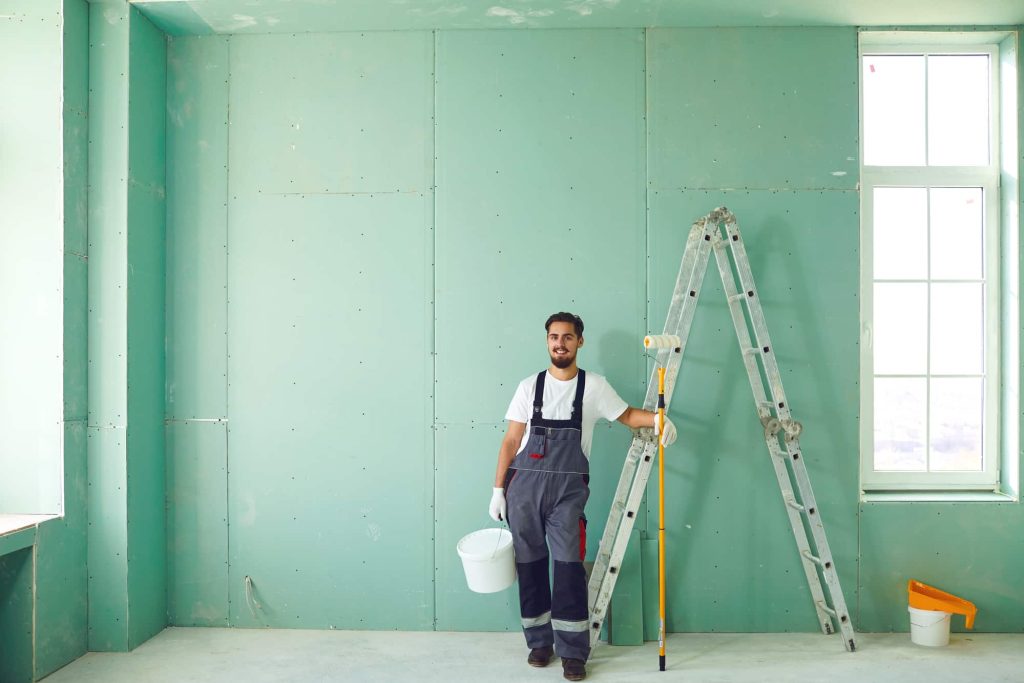
The cost of hiring a commercial painter can vary greatly depending on a range of factors. This article will look at the various factors that can affect the cost of hiring a commercial painter in Conshohocken, PA, from the type of paint being used to the size of the project, and offer some advice on how to reduce costs when hiring a commercial painter. Understanding the different factors that affect the cost of a project, can help make informed decisions when hiring a commercial painter and get the best value for money.
Painter’s Experience
One of the most important factors that can affect the cost of hiring a commercial painter is the experience of the painter. Experienced painters have typically honed their craft and are more efficient when it comes to the job. They are usually more knowledgeable and can handle complex tasks that less experienced painters may struggle with. This means they can complete tasks quicker, more effectively, and precisely, resulting in faster turnaround times and better results overall. They also command a higher price due to their increased expertise.
However, just because a painter is more experienced does not mean they are necessarily the best option for the job. Good painters come in all levels of experience and it is important to compare the rate and quality of different painters before making a decision.
Quality of Paint
When hiring commercial painters for a commercial painting project, the quality of paint used should not be ignored as it can impact the cost significantly. Generally speaking, high-quality paints tend to be more expensive, but they offer greater coverage and may last longer overall, saving money on future paint jobs.
Additionally, some commercial projects may require specialty finishes that can only be obtained at a higher price point. In addition to the cost of the paint itself, one should remember to factor in any associated preparation costs such as primers. By considering these various factors when budgeting for a commercial painting job, one will be able to get the most out of their investment.
Location
When it comes to professional commercial painting services, location can be an important factor when considering the total cost. Painting jobs in rural or remote locations can cause the cost to increase dramatically due to the costs associated with getting heavy equipment and materials to the job site. Furthermore, some professional painting companies may add long-distance travel charges to the overall fees if they are required to travel far away to meet their customer’s needs. It’s important for businesses and homeowners alike to consider all such factors when hiring professional commercial painters and evaluating potential quotes.
Accessibility
Painting the exterior of a building can be a difficult job, especially if access to the area is limited or difficult. Just one obstacle such as furniture, plants, or other items that need to be temporarily moved can increase the cost of labor and prolong the job. For more complex exterior painting projects an industrial painter may need to work in difficult-to-reach places such as a tall second-story building.
Preparing for such jobs requires extra planning and thought by both client and contractor leading to unavoidably higher costs. For such projects, it is advised to contact an experienced professional who has the qualifications and expertise to handle exterior painting in challenging circumstances.
Timing
When an exterior painting project needs to be completed quickly, industrial painters usually charge a premium for their services. This could be due to needing to work quickly to meet a deadline or finish in time for an event. Speed isn’t the only factor that can affect the cost of a commercial paint job – times, when access to the property is difficult, can also increase fees. Working at night or during the weekend may require extra equipment and manpower and therefore added costs. When it comes to exterior painting jobs, knowing when you’d like it done is just as important as considering who you offer the job to!
Size of the Project
When it comes to commercial buildings, the size of the project is a major consideration when estimating the cost of hiring a commercial painter. On large projects, more time is needed to complete the job properly and resources must be committed accordingly. The scope of the project along with the total area needing painting will have a significant influence on pricing. Equally important is determining how long it will take to complete the work, as this has an impact on the painter’s hourly rate. When all these factors are taken into account, you can begin to get a clearer picture of what your commercial painting service may cost.
Interior or Exterior Work
When it comes to interior painting, there’s no room for cutting corners. Employing a commercial painter for interior jobs can guarantee excellent service and high-quality results, but these services come at a cost. Interior painting can require an extensive amount of time and resources, such as wallpapering, staining, or lacquering services. It is typical for interior jobs to have higher overall costs than exterior projects due to the level of detail and sophisticated techniques that are involved in completing the job successfully.
Damage Repairs
Any damage repairs that need to be made before the painting can begin will also add to the cost. Repairs may include filling cracks, patching holes, and replacing damaged boards or materials. This process can be time-consuming and may require additional materials, resulting in a higher labor cost.
Design Work
When you’re preparing to complete a home improvement project, one of the most important things to consider is the cost. If your project requires any special design work, such as decorative trim or murals, you’ll likely need to pay an additional fee for these services. Designers typically charge extra for their work since it can require significant skill and resources to achieve the desired result. Knowing this ahead of time will help ensure that you don’t go over your planned budget. Keeping the costs in line can make all the difference when it comes to enjoying a successful finished product.
Prep Work
Prep work often plays a major factor in the overall cost of a commercial painting job. The timely manner in which the walls must be cleaned, repaired, sanded, scraped, and primed can eat up resources and time. Every step of the process is necessary to satisfy the painting needs of any business, resulting in an increased cost that is reflective of the labor put into ensuring it is done right and on time.
Number Of Coats
The number of coats of paint that are needed will have an impact on the cost of the job. A single coat may be faster and cheaper, but more coats may be necessary to achieve the desired look. The painter will be able to advise on the number of coats required and the cost associated with this.
State Laws
It is important to consult the state or local laws and regulations to see if there are any requirements or restrictions that could affect the cost of the project. For example, there may be additional safety measures or permits that are required, resulting in higher costs.
Equipment
The type of equipment and tools needed for the job can also affect the cost. Professional painters will often have the right tools and equipment to carry out the job, but this may come at an extra cost.
When hiring a commercial painter, it is important to be aware of all the different factors that can affect the cost. From the experience of the painter and the quality of the paint to the size of the project and the location, all of these elements play a role in determining the total cost. Understanding all of these factors can help make an informed decision and get better value for money.

